Oxygen's Guide to Pesticides in Produce

To those of a certain age, The Dirty Dozen is an award-winning film starring Lee Marvin about a suicide mission on a Nazi-inhabited French chateau during WWII. These days, however, the name has been cleverly repurposed by the Environmental Working Group, a nonprofit that compiles a virtual who’s who of conventionally grown produce with the highest and lowest amounts of pesticide residue.
Pesticide Primer
Ostensibly, strawberries should provide you with tons of vitamins, minerals and fiber, but they also could secretly be delivering a hearty dose of chemicals, fungicide or even DDT to you and your family. “Conventional agriculture continues to use large quantities of toxic pesticides, and USDA and FDA researchers detect residue on many of the fruits and vegetables they test,” says Alexis Temkin, Ph.D., EWG toxicologist.
Strawberries — currently No. 1 on the EWG’s Dirty Dozen list — were found to contain up to 81 different pesticides per sample, including carbendazim — a hormonedisrupting fungicide — and bifenthrin, which has been identified as a possible carcinogen.
What’s more, those 40,900 produce samples are not carefully plucked from a choice vine and tested for residue in the field. They are actually tested after they have been purchased, brought home and washed in preparation for consumption. “You are what you eat,” quips Vincent Esposito, MS, DC, health coach and nutrition specialist. “In the case of food grown in synthetic fertilizers, pesticides and herbicides, this could not be more true, because as consumers, we end up ingesting these residues.”
Under the Food Quality Protection Act, the Environmental Protection Agency must ensure that all pesticides used on food in the U.S. meet stringent safety standards, and over the years, they have collectively banned the use of certain products because of nefarious side effects. But the question remains: Do these legal “tolerance” levels adequately protect public health? “Pesticides are toxic by design and are created expressly to kill living organisms,” Temkin says. “Many studies show disturbing links between pesticides and a variety of health problems, including brain and nervous system toxicity, cancer and hormone disruption.”

Chemistry Lesson
Furthermore, there are very few studies investigating the possible consequences of long-term pesticide and herbicide exposure, including those commonly used in households. “One of the most popular herbicides in the US is Roundup,” says Kelly Bay, DC, CNS, CDN, functional medicine doctor specializing in nutrition and chronic illness. “Roundup contains the active chemical glyphosate, which is problematic to animals and humans in many ways.”
Glyphosate, which is also used on conventionally grown produce, is an endocrine disruptor, which means it can mimic certain hormones in your body and could actually alter your physiology and genetic makeup at the cellular level. Endocrine disruptors have been linked to problems with fertility, GI function, nutrient delivery and inflammatory response, and they can interfere with the production of thyroid hormone, serotonin and dopamine. Both the World Health Organization and the International Agency for Research on Cancer have deemed glyphosate a probable human carcinogen, and California’s Environmental Protection Agency lists glyphosate as a carcinogenic chemical known to cause birth defects, reproductive harm and cancer.
The thing is, glyphosate is only one of 225 different pesticides that are found daily on American produce, which bears the question: If certain levels of one pesticide are deemed “safe” for consumption, what happens if there are “safe” levels of 200 different pesticides on one single produce item? “Most pesticide levels fall below government limits and are legal, but legal limits are not always safe,” Temkin says. “Evidence from epidemiological studies show that chronic exposure to low doses of pesticide mixtures may carry health risks. And in 2018, data from Harvard University School of Public Health found an association of foods high in pesticide residue and fertility problems.”
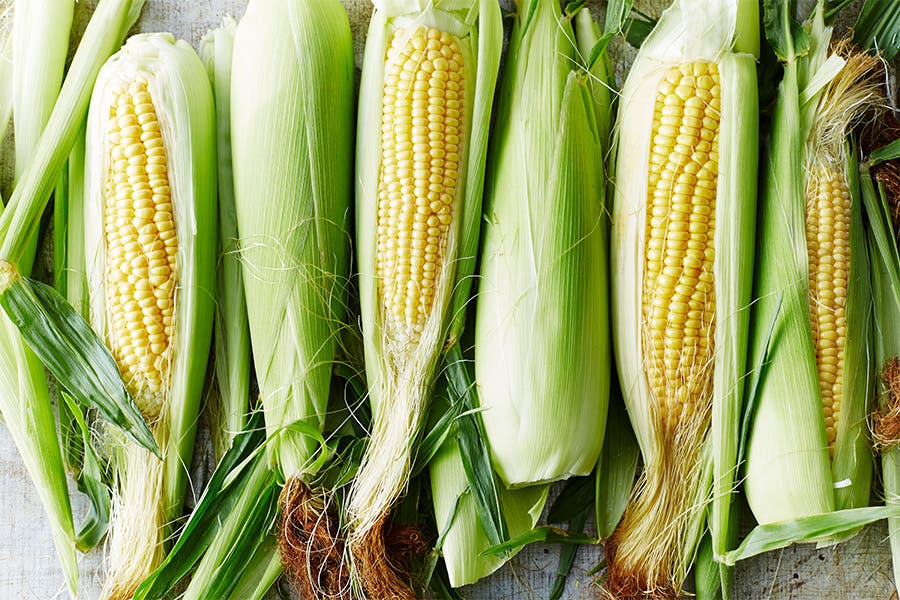
The Great Organic Debate
Arguably one of the best ways to avoid excessive pesticide consumption is to purchase organically grown produce, and both Esposito and Temkin recommend eating organic whenever possible. “There are laws around growing organic produce that prohibit the use of most pesticides used in conventional agriculture,” Temkin says. “In fact, a recent study found that after only six days of eating organic food, adults and children had on average a 60 percent reduction in the levels of synthetic pesticides in their urine, as compared to when they were eating a conventional diet.”
Organic produce is significantly more expensive than conventional produce, however, and as such, it may not fit within everyone’s budget. Yet experts argue that economy should not deter people from eating fruits and vegetables altogether. “The truth is that the health benefits obtained from eating fruits and vegetables of any type far outweigh any possible risk of consuming pesticides,” says Toby Amidor, MS, RD, CDN, FAND. “And most studies have failed to prove that organic produce contains higher nutrient levels.”
Here is where the EWG’s lists can help you make informed purchasing decisions about which items are worth the extra money and where you can save a buck or two. For example, since strawberries are ranked No. 1 on the Dirty Dozen list, consider buying organic berries instead. On the other hand, there’s no need to buy organic avocados because any and all residue on the skin is peeled off and discarded, leaving squeaky clean flesh underneath.
“When it comes to produce, be pro-choice,” Amidor advises. “Choose whatever fits your lifestyle, whether it’s organic, conventional, ugly or local. Be proud of whatever you choose, as all are healthy.”
A study published in JAMA Internal Medicine found that among more than 69,000 participants, those with the highest frequency of organic food consumption had 25 fewer cancers than individuals who did not
eat organic food.
The Lists
The next time you head to the grocery store, bring these lists from the Environmental Working Group to help with your purchasing decisions. As a general rule, food with thicker skin lands on the Clean Fifteen list because the skin is ultimately removed and discarded. Conversely, foods with thinner skin like berries tend to end up among the Dirty Dozen.
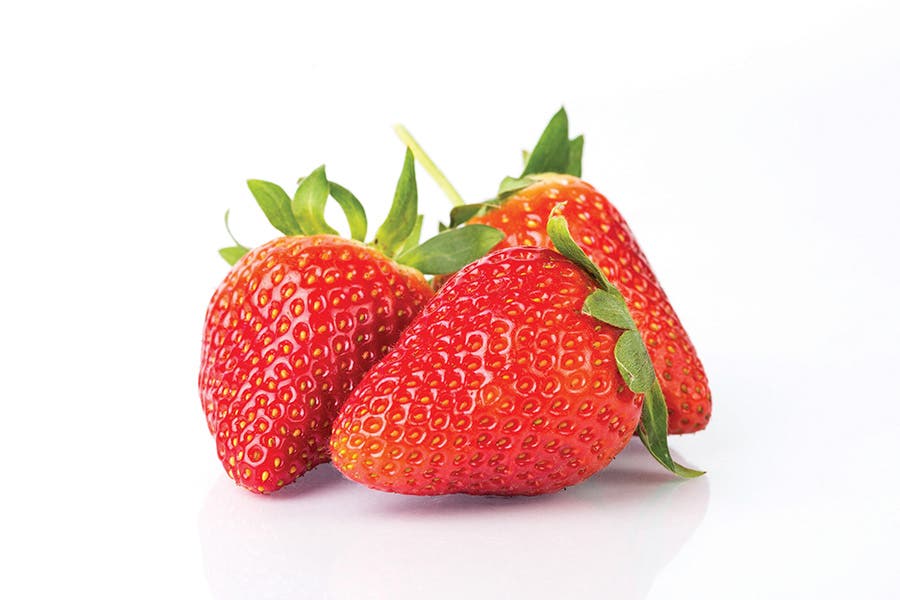
Dirty Dozen
These foods are listed in descending order from the most contaminated to the least.
- Strawberries
- Spinach
- Kale
- Nectarines
- Apples
- Grapes
- Peaches
- Cherries
- Pears
- Tomatoes
- Celery
- Potatoes
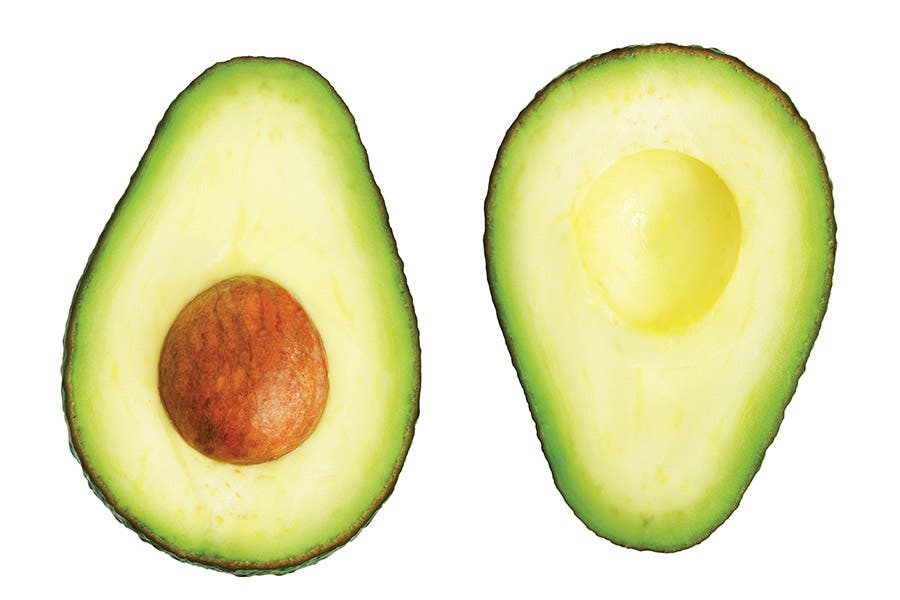
Clean Fifteen
These foods are listed in ascending order from the least contaminated to the moreso.
- Avocados
- Sweet corn
- Pineapples
- Sweet peas (frozen)
- Onions
- Papayas
- Eggplants
- Asparagus
- Kiwis
- Cabbage
- Cauliflower
- Cantaloupe
- Broccoli
- Mushrooms
- Honeydew melon
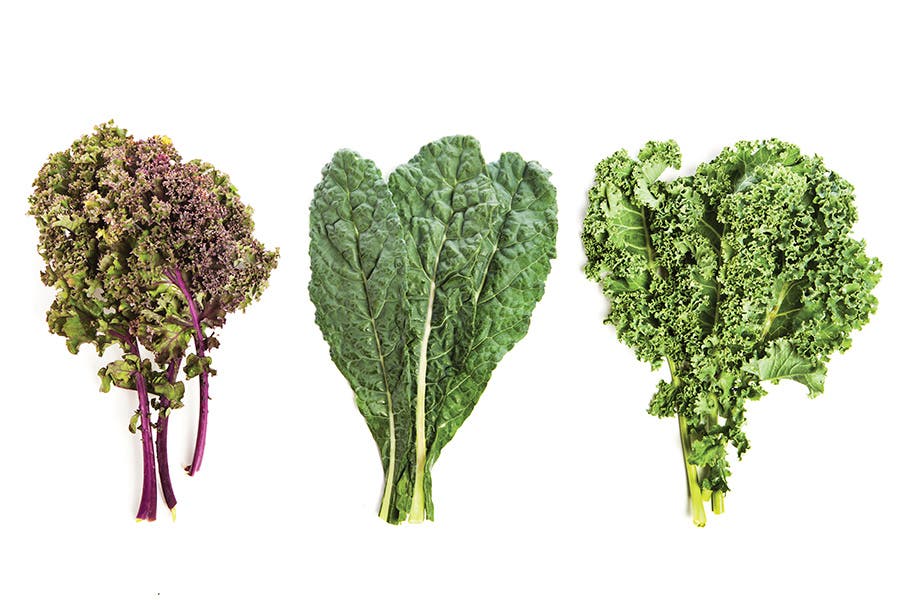
The Runners-Up
Two leafy greens currently rank second and third on the Dirty Dozen list: spinach and kale. An average of seven different pesticides were found on every spinach sample, and 76 percent of all samples contained permethrin — a neurotoxic insecticide that has been linked to tremors, seizures and attention deficit hyperactivity disorder. And a whopping 92 percent of kale samples were found to be contaminated with up to 18 kinds of pesticide residue, including dacthal, a possible human carcinogen.
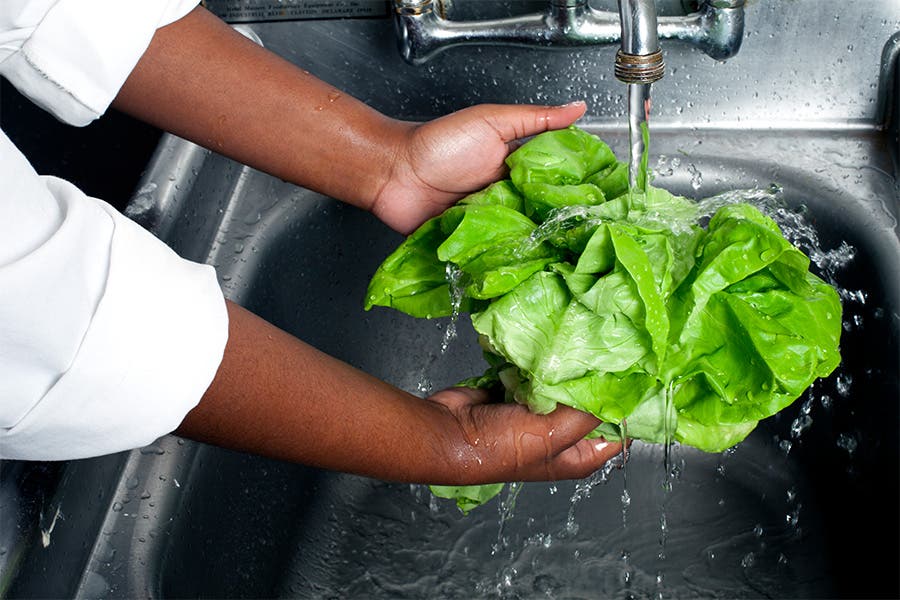
Cleanliness Is Next to Goodliness
Whether you buy organic or conventional produce, take the time to wash it prior to consumption: A study in the Journal of Agricultural and Food Chemistry found that soaking produce in a solution of baking soda water for 12 to 15 minutes removed certain pesticides. Washing also reduces the risk of food borne illnesses, and the Food and Drug Administration reports that 48 million people get sick from contaminated food each year — organic items included. Use these tips for a cleaner eating experience.
- Wash your hands before washing your produce.
- Rub the produce with your fingers and hands under cold or lukewarm water. Hot water can allow microorganisms to enter the stem or ends of the produce.
- Use a vegetable brush to scrub the surface of items with thicker skin, even if the skin will be discarded later because cutting through the skin can contaminate the interior flesh during preparation.
- To be extra sure your food is clean, soak produce in a solution of 1 teaspoon baking soda to 2 cups water for 12 to 15 minutes and pat dry.
- Wash produce right before cooking or consuming rather than washing and storing it for later, which creates a wet habitat in which bacteria can grow.